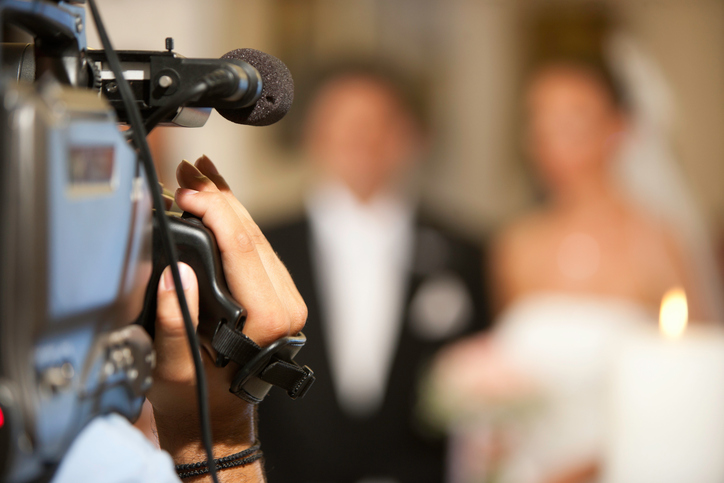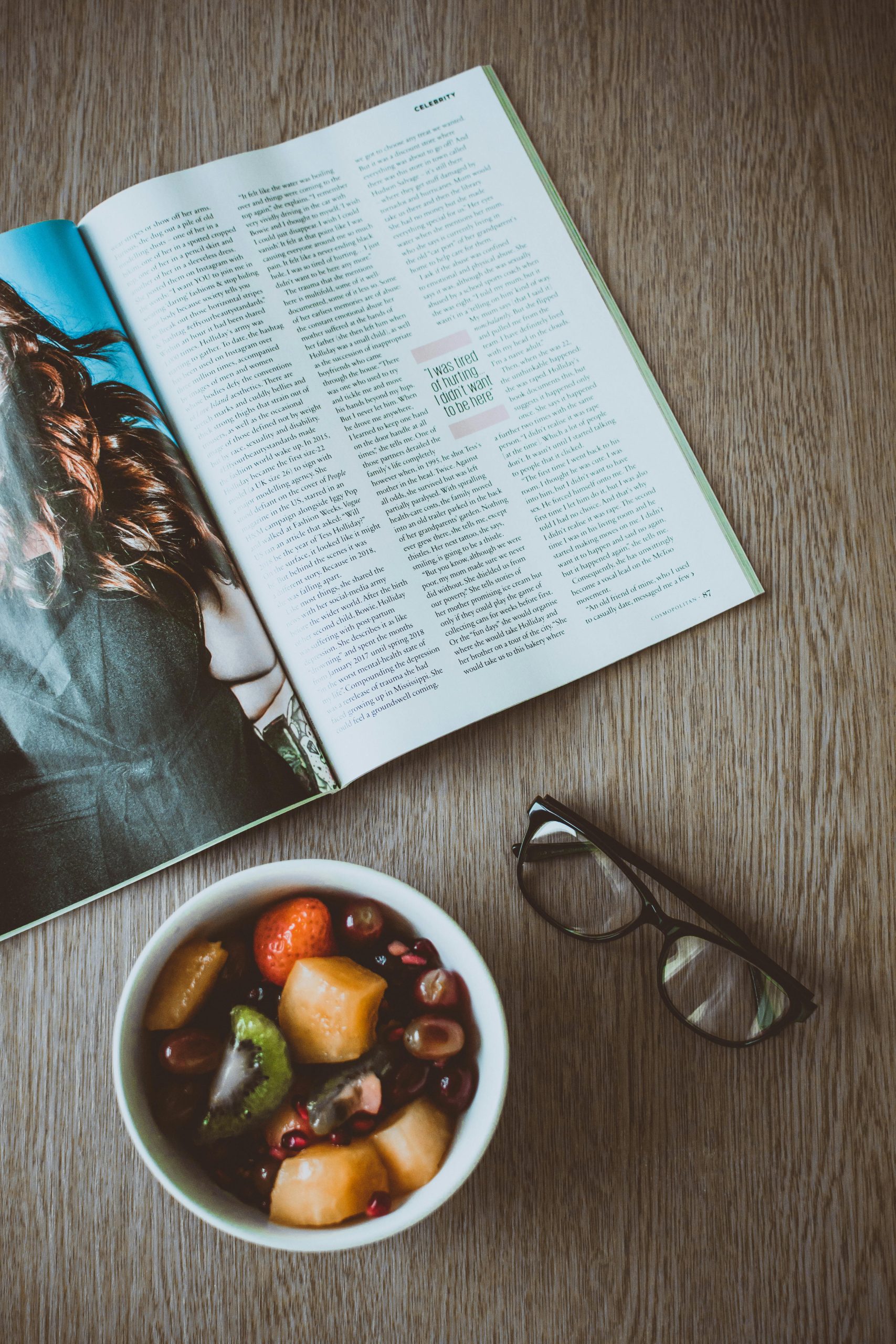Introduction to Low Light Wedding Videography pros and Cons
Capturing video in low light conditions presents a unique set of challenges for videographers, including noise, graininess, and reduced color accuracy. However, with the right techniques and equipment, videographers can overcome these challenges and produce stunning footage even in dimly lit environments. In this comprehensive guide, we’ll explore tips and techniques for Wedding Videography pros and Cons in low light conditions, helping you achieve high-quality results and elevate your storytelling capabilities.
Understanding Low Light Challenges
Low light conditions pose several challenges for videographers, including:
- Increased Noise and Grain: In low light, camera sensors amplify electronic noise, resulting in grainy and pixelated footage.
- Reduced Color Accuracy: Dim lighting can affect color fidelity and saturation, leading to washed-out or muted colors.
- Limited Dynamic Range: Dark shadows and bright highlights can exceed the dynamic range of the camera sensor, resulting in loss of detail and contrast.
Selecting the Right Camera and Lens
Choosing the right camera and lens is crucial for achieving optimal results in low light conditions. Opt for a camera with a large sensor size and high ISO performance, as these factors contribute to better low light sensitivity and reduced noise. Look for lenses with wide maximum apertures (e.g., f/2.8 or lower), which allow more light to reach the sensor and facilitate faster shutter speeds for capturing sharp, blur-free footage in low light.
Mastering Exposure Settings
Mastering exposure settings is essential for achieving balanced and well-exposed footage in low light conditions. Experiment with manual exposure controls, adjusting aperture, shutter speed, and ISO sensitivity to achieve the desired balance between brightness and noise. Use a low aperture (e.g., f/2.8 or lower) to maximize light transmission and create a shallow depth of field, selectively focusing on your subject while blurring the background. Increase ISO sensitivity cautiously to brighten the image, balancing noise reduction with image quality.
Using Available Light Sources
Maximizing available light sources is key to successful low light Wedding Videography pros and Cons. Identify and leverage existing sources of light, such as streetlights, candles, or ambient indoor lighting, to illuminate your scene naturally. Position your subject strategically to take advantage of available light, avoiding harsh shadows and unflattering lighting angles. Consider using reflectors or diffusers to manipulate and control the direction and quality of light, enhancing the visual appeal of your footage.
Utilizing Artificial Lighting
In situations where natural light is insufficient, supplemental artificial lighting can provide much-needed illumination for low light Wedding Videography pros and Cons. Invest in portable LED lights, on-camera flashes, or continuous lighting setups to supplement ambient light and fill in shadows. Experiment with different lighting techniques, such as key, fill, and rim lighting, to sculpt and enhance the visual composition of your shots. Pay attention to color temperature and light quality, ensuring consistency and natural-looking results that complement your scene.
Post-Processing and Noise Reduction
Even with careful planning and execution, some noise and artifacts may still be present in your footage captured in low light conditions. Use post-processing software such as Adobe Premiere Pro, DaVinci Resolve, or Neat Video to apply noise reduction filters and enhance the overall image quality. Experiment with settings such as noise reduction strength, sharpening, and color correction to achieve a balanced and natural-looking result without sacrificing detail or sharpness.
Conclusion
Wedding Videography pros and Cons in low light conditions presents unique challenges, but with the right techniques and equipment, videographers can produce stunning footage that captivates and engages audiences. By selecting the right camera and lens, mastering exposure settings, utilizing available and artificial light sources effectively, and applying post-processing techniques for noise reduction, videographers can overcome the limitations of low light conditions and unleash their creativity in challenging environments.



